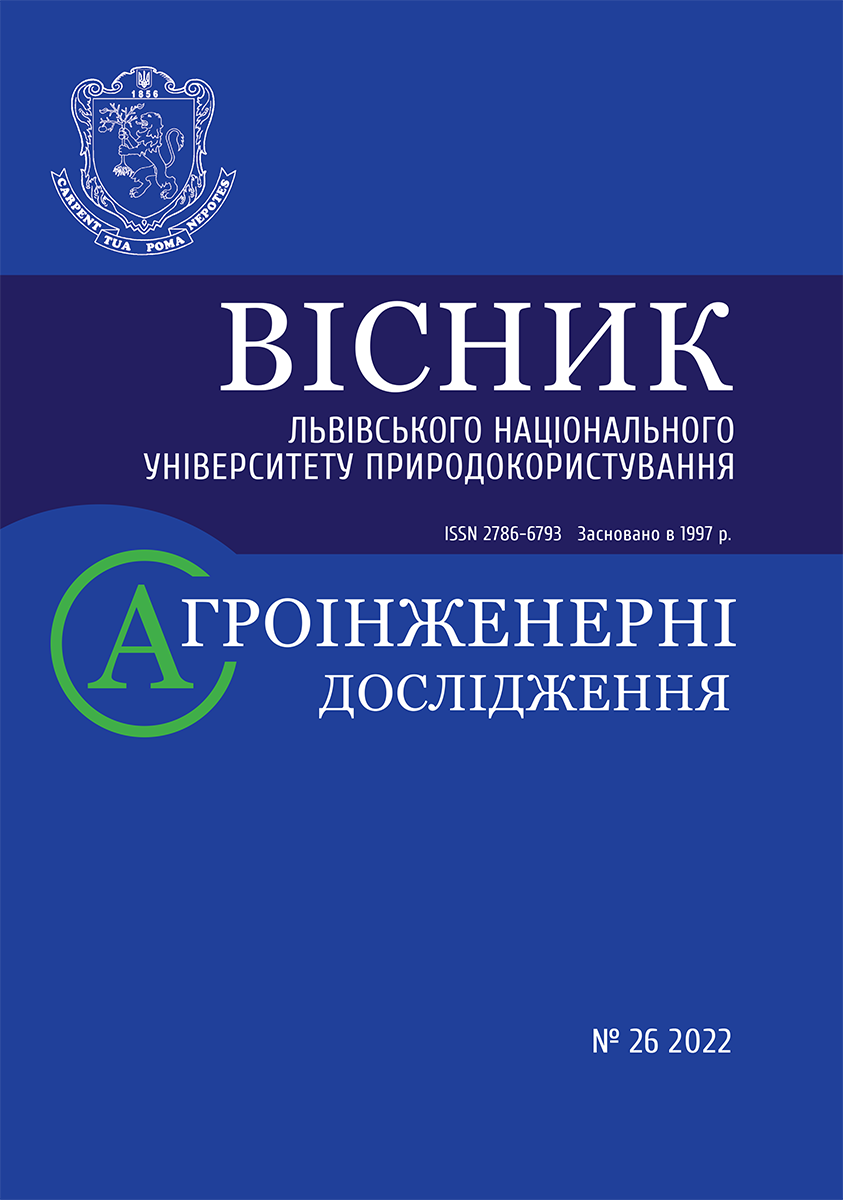Experimental determination of mechanical losses in internal combustion engines with classical and non-traditional structure of the power mechanism
DOI:
https://doi.org/10.31734/agroengineering2022.26.121Keywords:
internal combustion engine, parameters, mechanical losses, working process, cylinder, operating modes, fuel economy, crank mechanismAbstract
The influence of mechanical losses on engine efficiency is considered in the article. It is determined that the car operational fuel consumption depends on the engine efficiency in the typical operating modes and duration of its operation in these modes. A car engine in different operating modes can have different values of effective efficiency he, which is determined by the product of indicator efficiency hi and mechanical efficiency hm. Mechanical efficiency can vary from 0,85 in nominal mode to zero at idle. The indicator efficiency of the engine at change of loading changes in a narrower range of values. Therefore, the effect of hm on the effective efficiency and, consequently, on the fuel efficiency of the engine is decisive.
It is determined that energy losses in the construction of a reciprocating engine are by 60-80% determined by friction in the crank mechanism. One of the ways to increase the mechanical efficiency hm is to reduce friction losses in the crank mechanism. It is proposed to optimize the engine power mechanism by replacing the classic crank mechanism with a rodless mechanism.
The tasks of the experiments included determination of mechanical losses on the drive of the gas distribution mechanism; measurement of components of mechanical losses.
The authors selected objects for experimental research, in particular a single-cylinder engine with a crank mechanism and an experimental sample of a single-cylinder connecting rod engine with a crank mechanism. According to the results of research, the rodless engine provides by 10 ... 20% better fuel economy and higher specific effective power (7 ... 12%) due to less mechanical losses and better thermodynamic cycle.
References
Honchar, M. O., Mateichyk, V. P., Nikolaienko, V. A., & Pavliuk, R. H. (1998). Metod rozrakhunku vtrat na tertia v kryvoshypno-shatunnomu mekhanizmi dvyhuna. Sysytemni metody keruvannia, tekhnolohiia ta orhanizatsiia vyrobnytstva, remontu i ekspluatatsii avtomobiliv: Zb. nauk.prats. Kyiv: UTU, TAU, 6, 10-15.
Mishchenko, M. I. (1998). Netradytsiini malorozmirni dvyhuny vnutrishnioho zghoriannia. T. 1: Teoriia, rozrobka ta vyprobuvannia netradytsiinykh dvyhuniv vnutrishnioho zhoriannia. Donetsk: Lebid.
Mishchenko, M. I., Zarenbin, V. H., Kolesnykova, T. M., Yurchenko, Yu. V., Shliakhov, V. S., Suprun, V. L., & Kasianenko, D. V. (2014). Deiaki rezultaty porivnialnykh doslidzhen pokaznykiv bezshatunnoho i klasychnoho dvyhuniv. Dvyhuny vnutrishnioho zghoriannia, 2, 28-33.
Sun, Lisin. (2004). Metodika i rezultaty issedovaniya poter na trenie v podshipnikakh krivoshipno-shatunnoho mekhanizma porshnevogo dvigatelya. (Diss. kand. tekh. nauk). Moskva.


